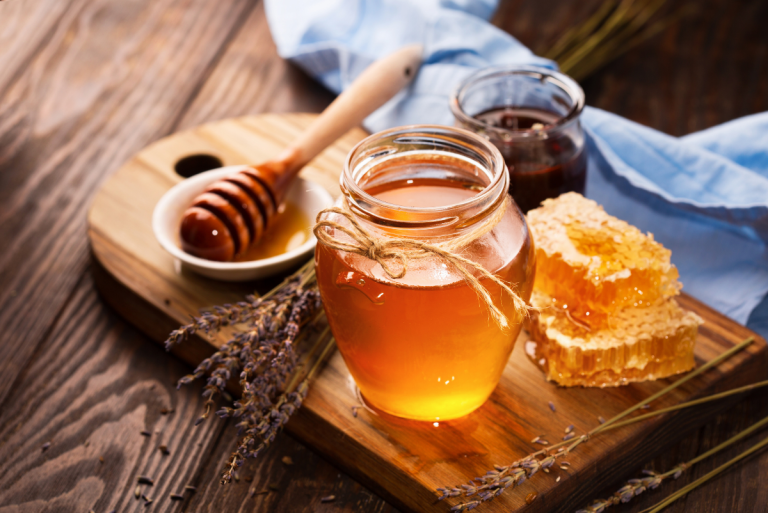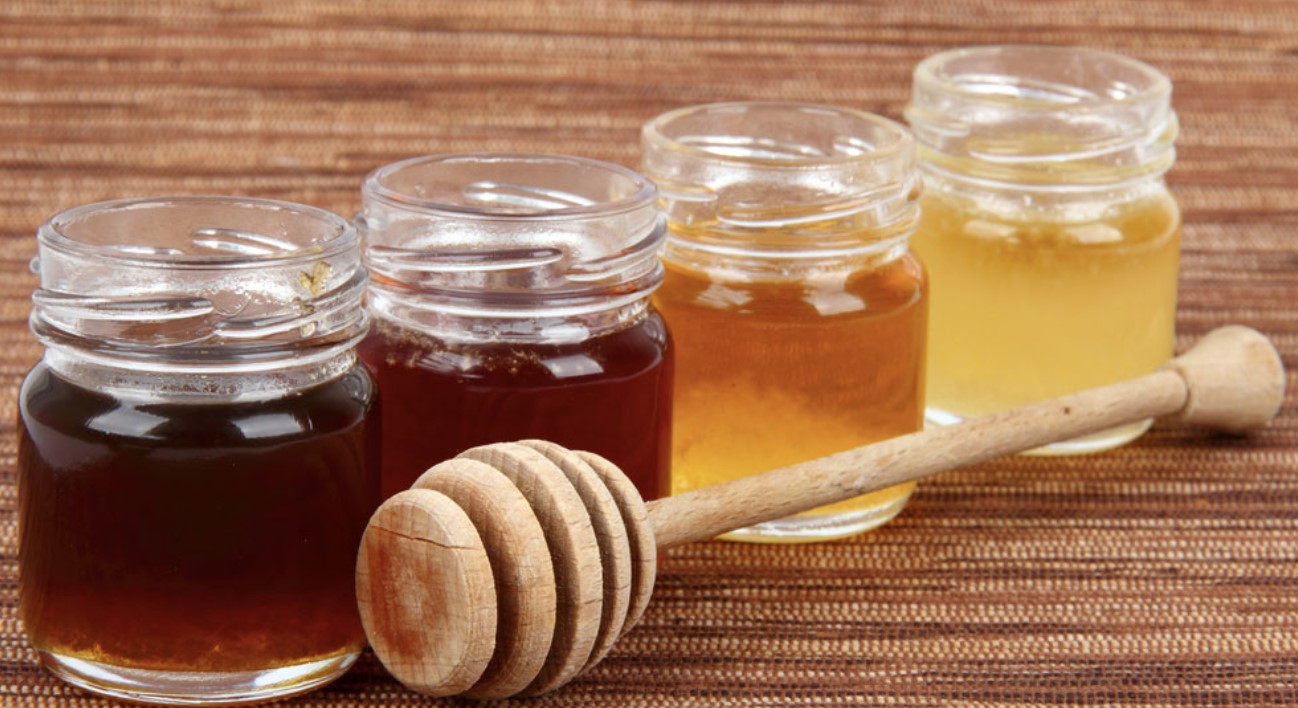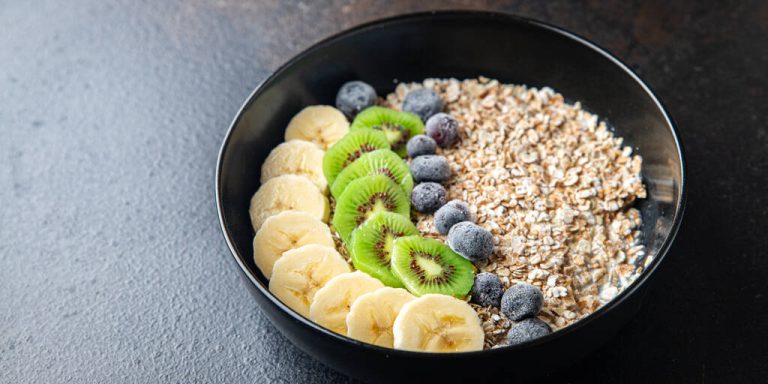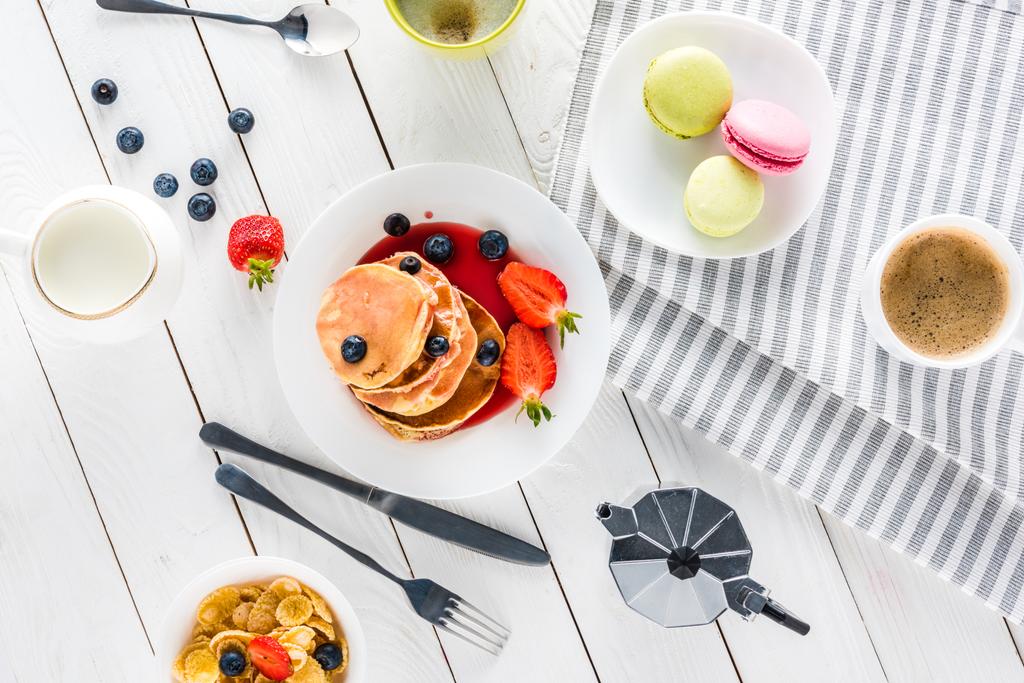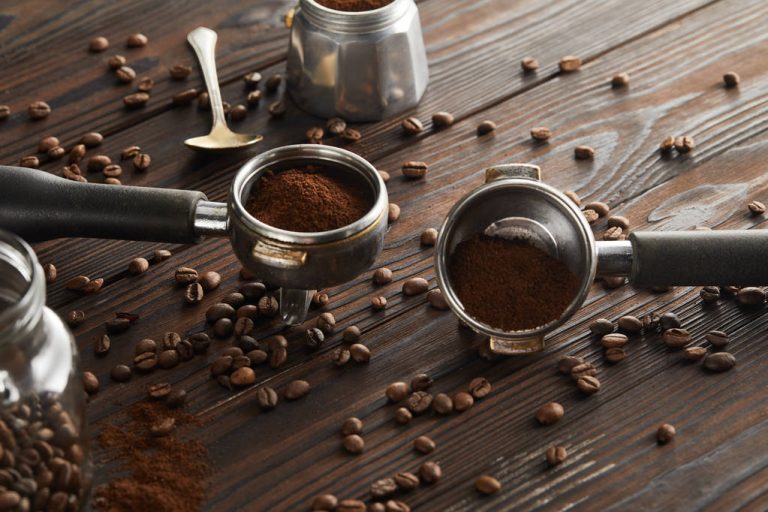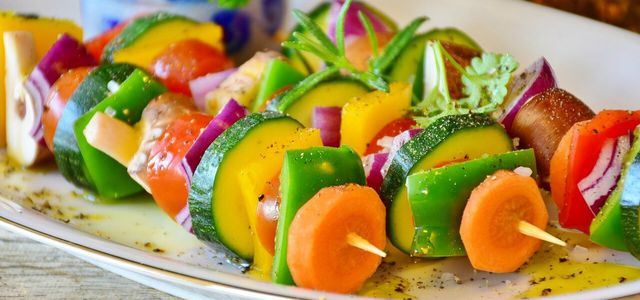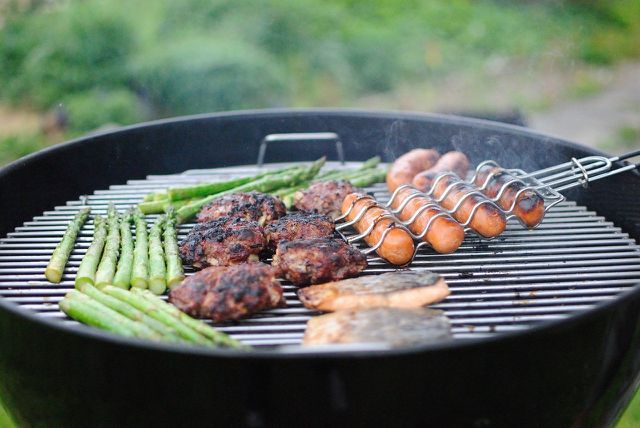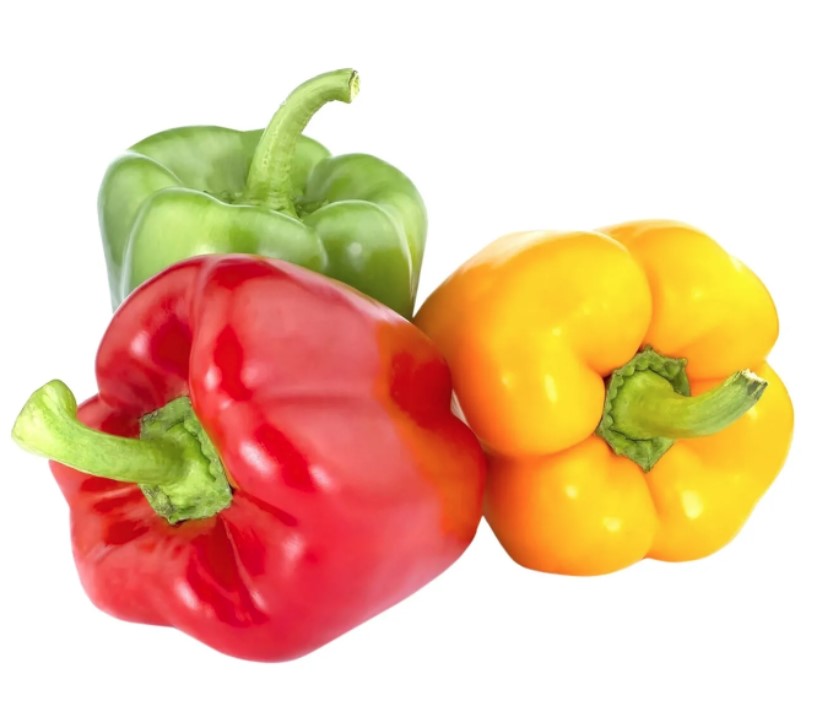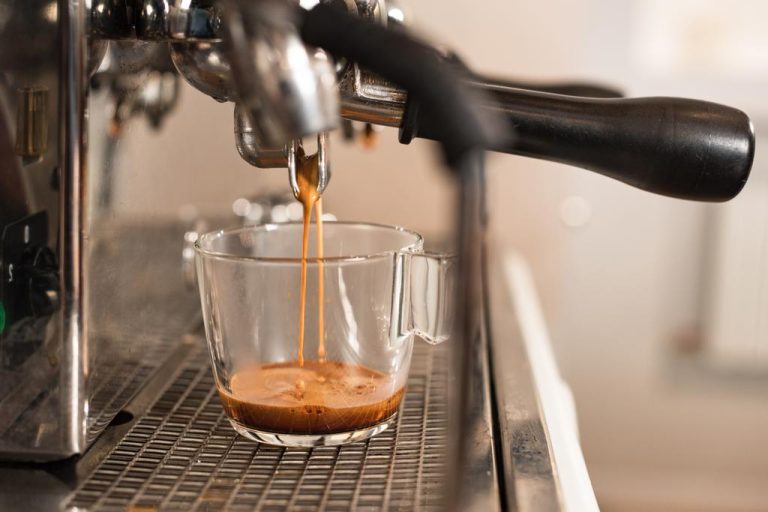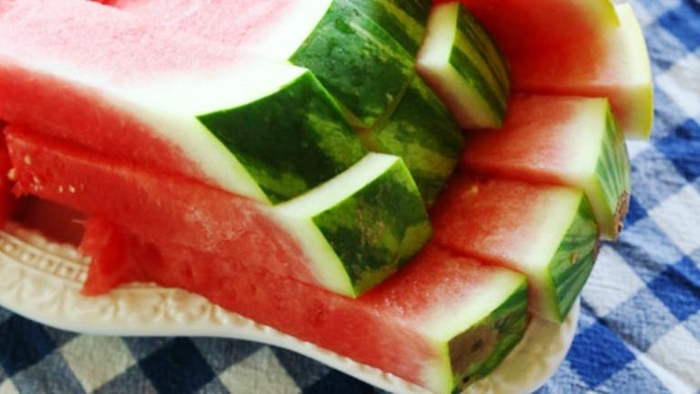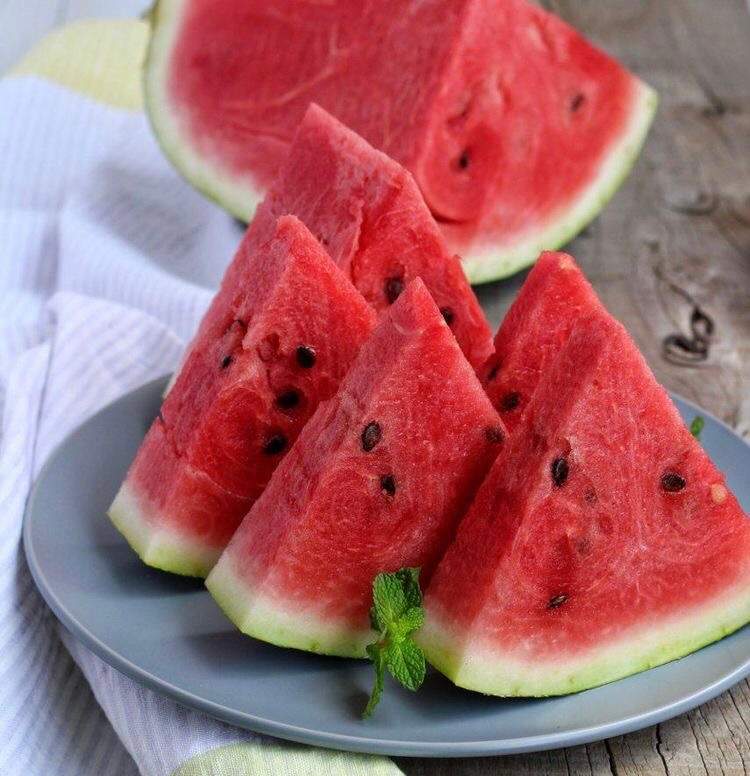In our guide you will find helpful tips for preparing your espresso with the portafilter machine. We show you how it works.
What is a portafilter machine?
The portafilter machine was developed in Italy to simplify the preparation of an espresso. No wonder it is often referred to as an espresso machine. The first portafilter machine came onto the market as early as the beginning of the 19th century. The aim of such a machine was to better extract the aromatic substances from the coffee beans. When preparing an espresso manually, the contact time between water and coffee powder was too long, so the coffee often tasted bitter. The right pressure with which the water is pressed through the coffee powder is decisive for a short contact time. In the beginning, portafilter machines worked with a lever. Then semi-automatic machines followed, and there are now modern devices with many parameters that can be set individually.
How a portafilter machine works
The portafilter machine is named after the removable portafilter. This is the holder for the sieve. The sieve is filled with freshly ground coffee powder and fixed in the machine. For perfect coffee enjoyment, water is pressed through the coffee powder in the sieve at high pressure. In addition to the portafilter, the machine consists of the following elements:
Electric pump for optimal pressure
Heating element and boiler to achieve the right brewing temperature
Steam lance for frothing the milk
water tank
brew group
This is how the perfect espresso succeeds
Use our eight-step guide for an espresso from the portafilter machine. This shows you all the important basics:
Preheat the espresso cup and machine
To ensure that the espresso does not cool down too quickly and that the drink is not exposed to severe temperature changes that negatively affect the coffee aroma, you should fill the cup with hot water in advance and set it aside. Most portafilter machines have an integrated hot water dispenser for this purpose. The portafilter machine itself must also be warm. Therefore, turn on the machine at least 25 minutes before preparation and let it warm up.
Clean portafilter machine
As with any coffee maker, you should first remove old coffee grounds from the portafilter and then carefully wipe off oils, fats and other residues. These can then no longer influence the taste of the espresso. Make sure the portafilter is dry before filling.
grind the coffee finely
A coffee grinder with a disc grinder grinds the beans extremely evenly and thus delivers a perfect grinding result. Be sure to grind the coffee beans finely. Beans that are ground too coarsely can quickly taste bitter. In addition, finely ground beans have more surface area and therefore require less contact time to release the aromas.
Dose the coffee powder correctly
The portafilter should ideally be filled to the base for dosing. The dose is crucial – the powder should therefore only be slightly heaped. In most cases, a portafilter contains around 7 – 9 grams of coffee powder for 25 ml of espresso.
Smooth the surface
As soon as you have filled the portafilter to the brim, you can gently tap the espresso powder and smooth it out with your index finger. With an optimal surface you do the preparatory work for the subsequent tamping.
Tamp espresso powder
When it comes to the tamper, one usually speaks of the so-called “coffee tamper”. This is used to compress the powder and compact it enough to withstand the incoming water pressure, allowing the flavors to unfold slowly. For an optimal result, a pressure of 10 – 15 kilograms is recommended.
Pre-rinse group head
Like almost all parts of the portafilter machine, the brewing head must be cleaned before use. To do this, you can simply run hot water through the group head. This is called making an empty reference. Any coffee residues from the last extraction are loosened and the water that is too hot is drained.
Clamp in the portafilter
Now all the precautions for a perfect espresso have been taken. Finally, clamp the portafilter into the machine and press the lever to brew. After about eight seconds, the first espresso flows into the preheated cup. For 25 ml of espresso, wait around 25 seconds before you pull the lever up again. Stir in the crema before drinking so that the aromas can unfold in the espresso.

Espresso without portafilter
In order for the perfect espresso to be successful even for beginners, the right equipment must of course be used. In the home, the user usually does not have professional catering equipment. Even a small portafilter machine is not cheap. Part of the investment is in accessories such as the espresso grinder. This does a crucial part of the work and helps you to find the perfect degree of grinding. If you want something a little less artisanal, but still just as tasteful, then rely on a fully automatic coffee machine. At the push of a button, this not only brews espresso, but also all coffee specialties with espresso, such as cappuccino or latte macchiato. Good to know: The espresso maker cannot make an espresso at all because there is not enough pressure. Nevertheless, the coffee can be espresso-like.


